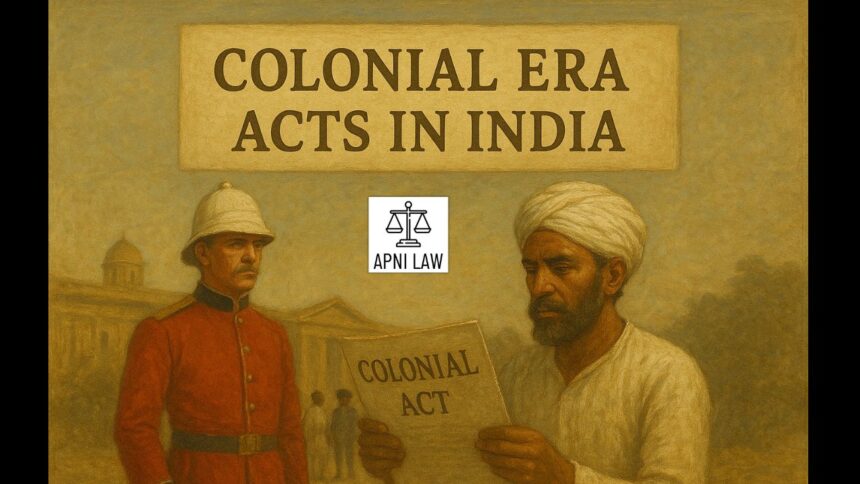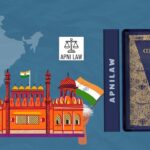Introduction
The story of India’s state formation reflects both its diversity and democratic spirit. After independence, the States Reorganisation Act of 1956 created linguistic states, but that was only the beginning. Over time, new demands emerged for separate states based on identity, culture, governance, and development. Parliament, using its powers under Article 2 and Article 3 of the Indian Constitution, responded to these demands and reorganized the map of India several times. From Haryana in 1966 to Telangana in 2014, the journey of state creation shows how India has balanced unity with diversity.
Haryana: A New State in 1966
Haryana became the first state formed after 1956. People in the Hindi-speaking region of Punjab felt that their identity was overshadowed by Punjabi-speaking Sikhs. After years of protest and political debate, Parliament carved Haryana out of Punjab in 1966. Chandigarh became a Union Territory and served as the joint capital of both states. This move showed how the Constitution could handle linguistic and cultural differences peacefully.
North-Eastern States: Acknowledging Diversity
The northeast has always been unique because of its ethnic mix and isolation. Parliament created Meghalaya, Manipur, and Tripura as states in 1972, giving them legislative powers. Later, Nagaland, Mizoram, and Arunachal Pradesh also became full states. These changes addressed the aspirations of tribal communities who wanted recognition and self-rule. The constitutional reorganization of the northeast proved that India could integrate diverse regions while respecting local cultures.
Smaller States in 2000
The year 2000 marked another turning point in India’s political map. Three new states namely Jharkhand, Chhattisgarh, and Uttarakhand came into existence. Parliament carved Jharkhand out of Bihar to meet the demands of tribal groups who wanted better control of their resources. Chhattisgarh separated from Madhya Pradesh to ensure more focused governance and development. Uttarakhand, earlier called Uttaranchal, was created from Uttar Pradesh to give voice to the aspirations of people living in the Himalayan region. Each of these states reflected the principle that India’s democracy could respond to regional demands within the constitutional framework.
Telangana: India’s Newest State
Telangana is the most recent state created in India. It had been part of Andhra Pradesh since 1956. However, people in Telangana argued that they were neglected in jobs, education, and water distribution. After decades of protests, strikes, and negotiations, Parliament passed the Andhra Pradesh Reorganisation Act in 2014. Telangana officially became the 29th state of India, with Hyderabad as its capital for a temporary period. This was a powerful reminder that India’s Constitution provides democratic ways to address even the most complex demands.
Impact on Federalism
The creation of new states shows how India’s federal system works in practice. Parliament has the power to reorganize states, but it must also consider local aspirations. Critics argue that this central control weakens federalism since states have little say in their own boundaries. However, supporters believe this flexibility has helped India remain united while allowing diversity to flourish. The fact that India has created states peacefully, even during times of tension, highlights the strength of its constitutional design.
For any specific query call at +91 – 8569843472
Conclusion
The formation of new states after 1956 reflects the adaptability of India’s Constitution. From Haryana to Telangana, every demand for statehood represented the desire for recognition, equality, and better governance. By giving Parliament the power to reorganize states, the framers ensured that India’s unity would remain intact while accommodating its many identities. Though debates about federalism continue, the peaceful creation of new states proves that Indian democracy thrives by embracing change.








